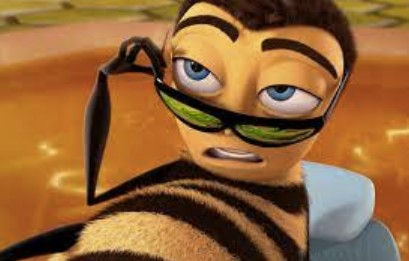To Bee or not to Bee
- Naya Saraiva-Chardon
- Feb 6, 2022
- 1 min read

What is the problem?
Over the years, there has been a serious decline in the population of wild bees due to pesticides, intensive agriculture and habitat loss. Bees are crucial pollinators, who support the ecosystem and therefore our daily diets (like vegetables, fruit, and the flowers you buy for Valentine’s day). According to some scientists’ estimates (“SAVE the BEE | Ensuring the Future of Honey Bees”), over 40% of wild bees species are threatened. Bees pollinate 90% of our agricultural crops, which represents one third of the food an average person consumes.
Why/how are they endangered?
Pesticides play a huge role in killing bees with their products. Companies like Bayer CropScience and Syngeta make billions of dollars every year from the use of these chemicals. The most common pesticide harmful to bees is a type of agricultural pesticides called "neonicotinoids." These aren’t dangerous to humans, but bees are more fragile and affected by them.
What can you do?
There are many organisations and charities that work towards saving the bees. You may have heard of some of them like PlanetBee.org, Savethebee.org and The Bee Conservatory. These groups use donation money to fund projects like planting pollinator-friendly plants, installing beehives at schools and community spaces, or teaching students about nature’s need for bees.
After reading this article, I hope you’re able to reflect on how much honey means to you, and take action!
By Naya Saraiva Chardon, 8.3






Comments